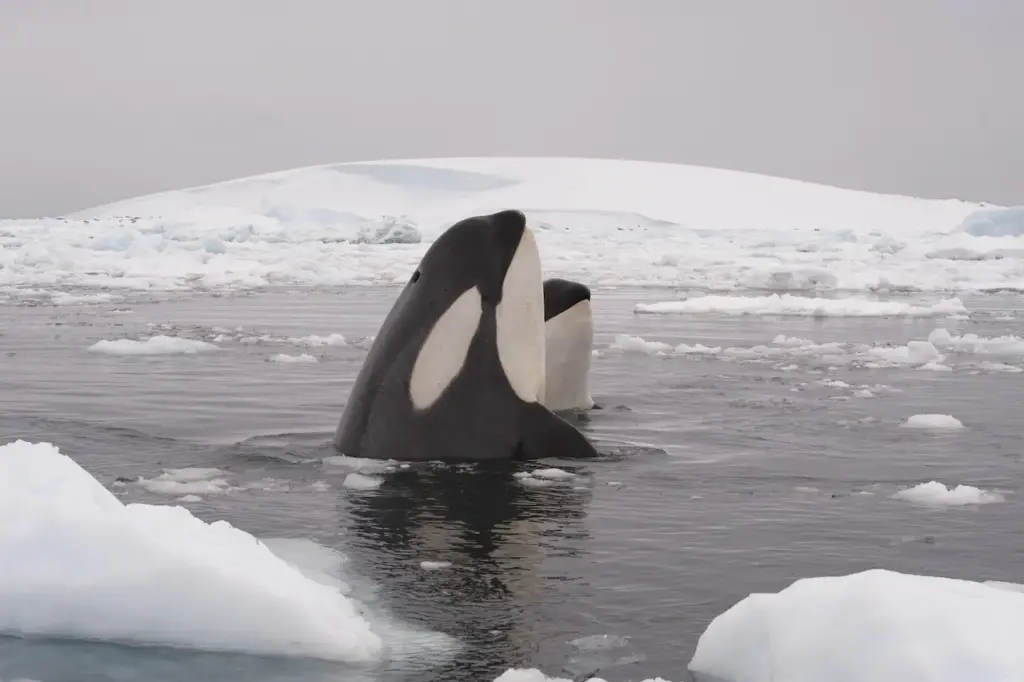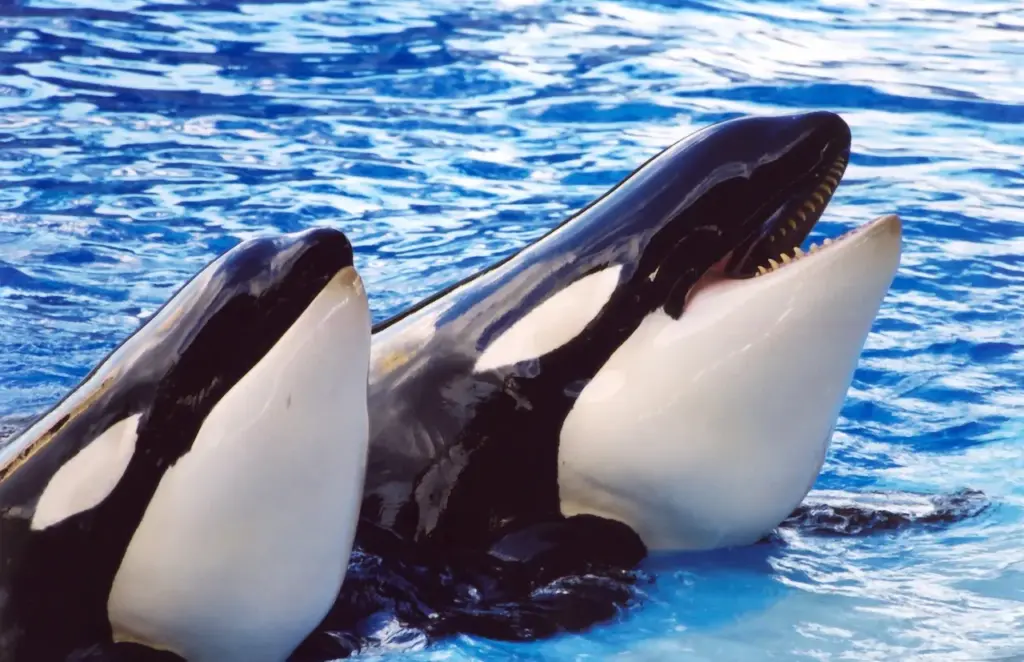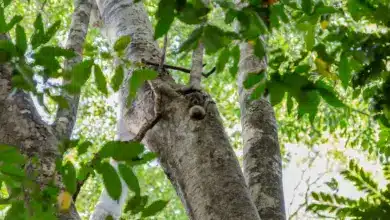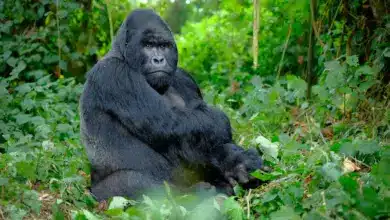The Whales Saved From Extinction
An Endangered Species Success Story: The Great Whales Saved From Going Extinct
Humans have hunted whales for at least the last 3.000 years. For most of this time, whaling was what environmentalists call a “sustainable” pursuit: hunting technology was primitive and inefficient, whales were numerous, and individual whales were large enough that just one or two could satisfy the needs of a village or a small town for a long time. Populations remained robust in spite of hunting.
[ez-toc]

However, there were exceptions—most notably that of the North Atlantic gray whale, which had gone extinct by the 1700s, probably because of over-exploitation by hunters, who took maximum advantage of the gray whale’s slow swimming speed and its convenient habit of congregating in lagoons and otherwise hugging the coasts of continents and large islands. But for the most part, populations of the world’s largest-ever animal species were in fine shape, numbering in the hundreds of thousands, or even the low millions, until human societies began to become industrialized in the 1800s. At that time, not only did demand for whale products explode—the oil was used as lamp fuel, the flesh was used to make meal, and the oil and other parts of the animal became key ingredients in cosmetics and lubricants—but whaling itself developed into an industry that was able, for the first time in history, to slaughter and process large numbers of whales.
At first, European and American whalers targeted the large baleen whales—right whales, humpbacks, bowheads, and others—closest to their own shores. (A baleen whale is so called because of the bristle-like baleen sieve that fills the front of its mouth like the grill of an automobile, and which it uses to strain water out of the hundreds of pounds of shrimp and other small sea creatures that it eats in a single gulp.) Right whales were especially prized because of the large amount of oil contained in their body fat, and because they floated nicely after being harpooned and killed—hence, they were the “right” whale to kill.
Very quickly, however, whale populations close to the whaling centers became depleted, and hunters began ranging the Pacific and even venturing into Antarctic waters in search of whales to kill. By the 1920s, populations of the most popular species were reduced to the low hundreds and were in danger of vanishing altogether. Whaling was able to continue, however, thanks to an innovation called the cannon-fired harpoon, which allowed whalers to more successfully “harvest” a couple of huge species that up to then had been relatively difficult to capture: the great blue whale, a baleen whale that is the largest animal there has ever been on the earth, and the sperm whale, which, despite having teeth instead of baleen, is also very rich in oil. Within decades, blue whales and sperm whales were also well on their way to extinction.
Fortunately, beginning in the 1930s, a regulatory body called the International Whaling Commission began outlawing the hunting of species after species, finally, and belatedly, banned whaling altogether in 1986. Since then, most, though not all, whale species have begun to recover. Seven of the 13 species of baleen whales are still listed as “Endangered,” and the North Atlantic right whale, in particular, which once numbered in the tens of thousands, remains at a precariously low population of around 450 individuals.
Reasons for the right whale’s seeming inability to recover as quickly as some of the other previously-hunted species are strongly connected to the intensive human activity—shipping and fishing—that takes place in right-whale habitat. While all whales are vulnerable to being struck and injured by large boats, as well as to drowning after becoming entangled in nets and other commercial fishing gear, the right whale, living as it does between Europe and the East Coast of North America, inhabits a much more “urban” and crowded environment than many other large whales.

Most whale species still face many other threats as well, including competition for food from humans, numerous pollutants than can build to toxic levels in their bodies as well as potentially reduce the numbers of their prey species, and powerful military sonars that may injure their ears and disrupt their social communication. Global climate change, resulting in melting sea ice and shifting ocean currents, among other effects, is also likely to affect the well-being of whales in the coming decades. In addition, several nations that never really gave up whaling in spite of the international ban—Norway, Japan, Iceland, and the Faroe Islands—have been pushing to resume the world’s great whale hunt now that some species have made a partial recovery.
Most conservationists are vehemently opposed to any resumption of whaling, charging that it would inevitably lead to another collapse—and perhaps a final one. Photo Credit: Michaël Catanzariti
BACK TO THE MAIN ARTICLE ON ANIMALS SAVED FROM EXTINCTION



